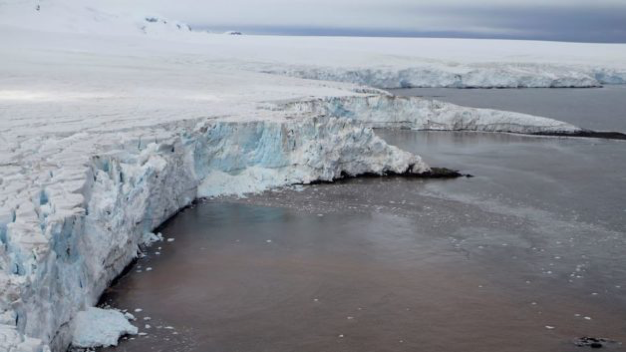 Have you ever asked why ice in Western Antarctica is melting while in Eastern Antarctica it is not?
Have you ever asked why ice in Western Antarctica is melting while in Eastern Antarctica it is not?
A group of scientists at the University of Rhode Island stumbled on something unexpected when analyzing data brought back from a 2014 expedition to western Antarctica.
Scientists found an abundance of the noble gas Helium-3, indicating there is a volcanic heat source beneath the Pine Island glacier — the fastest-melting glacier in the South Pole. The findings were published in a study in the journal Nature Communications.
“When you find helium-3, it’s like a fingerprint for volcanism. We found that it is relatively abundant in the seawater at the Pine Island shelf,” chemical oceanographer Brice Loose, the study’s lead author, said in a statement.
“The volcanic heat sources were found beneath the fastest moving and the fastest melting glacier in Antarctica, the Pine Island Glacier,” Loose said. “It is losing mass the fastest.”
Previous research has identified a network of volcanic rifts beneath Western Antarctica that could be contributing to the ice sheet’s instability. A 2014 University of Texas study concluded that “large areas at the base of Thwaites Glacier are actively melting in response to geothermal flux consistent with rift-associated magma migration and volcanism.”
The Thwaites Glacier is another retreating Antarctic glacier. The heat source beneath Pine Island is 25 times greater than an individual volcano, scientists said.
Volcanic heat found under Antarctica’s fastest-melting glacier
A group of scientists at the University of Rhode Island stumbled on something unexpected when analyzing data brought back from a 2014 expedition to western Antarctica. Scientists found an abundance of the noble gas Helium-3, indicating there is a volcanic heat source beneath the Pine Island glacier – the fastest-melting glacier in the South Pole.